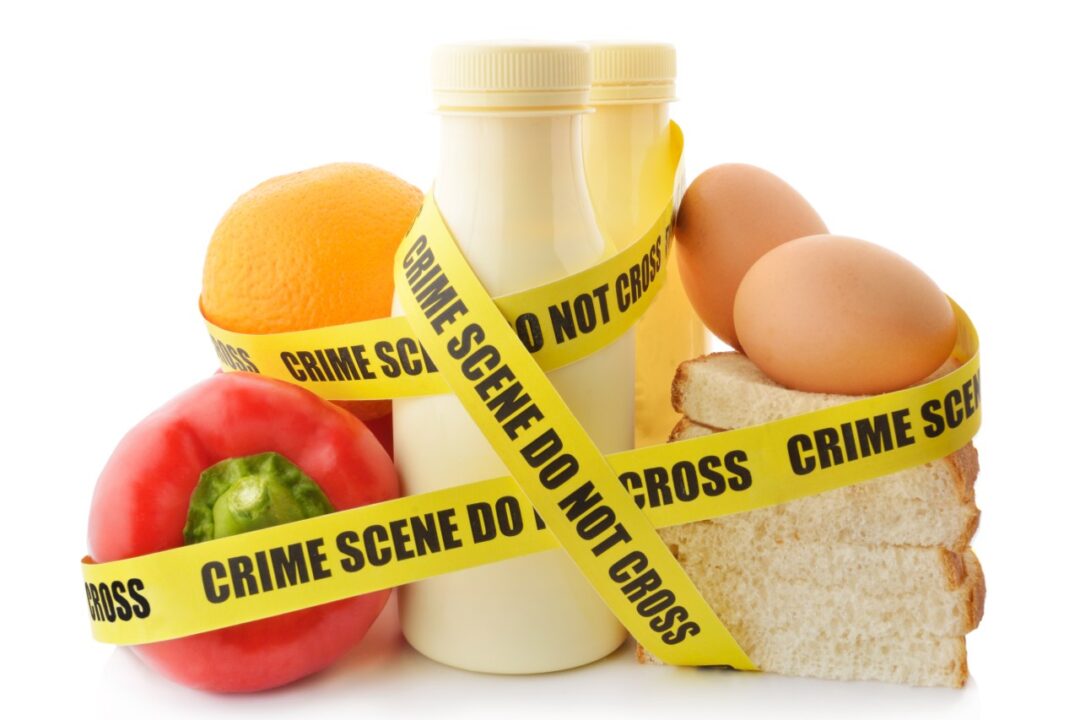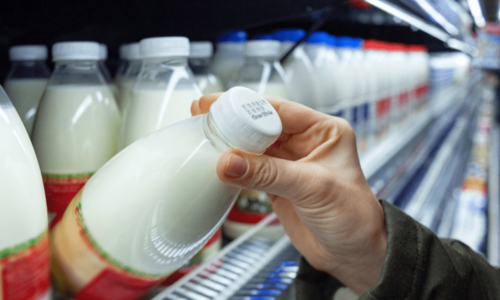How do I prevent food poisoning? |

Last article we talked about the different causes of food poisoning, and the symptoms they cause. This week I wanted to talk about how to keep yourself safe and prevent food poisoning. You have probably heard the basic rule which says to keep hot foods hot and cold foods cold. I want you to know more than just the basic rule, so that you can stay well throughout the picnic season and beyond.
What you can do to prevent food poisoning:
- Wash your hands for at least 20 seconds with soap and water, before, during, and after preparing food, and before eating.
- Do NOT prepare food if you are ill, especially if you have diarrhea or vomiting.
- Wear gloves while preparing foods if you have any cuts or wounds on your hands or wrists.
- Cook and keep food at the correct temperature – Use a food thermometer to be sure. Meats should be cooked to a safe internal temperature, based on which meat you are cooking. They should then be kept hot until serving, at least 140 degrees F. They should be served hot, within 2 hours of cooking.
- Cold foods, such as prepared sandwiches or salads should be kept at 40 degrees F or cooler until serving.
- Refrigerate leftover foods as soon as possible, within 2 hours of preparation or within 1 hour if the temperature is hotter than 90 degrees F outside.
- It is ok to put hot foods directly into the refrigerator. However, large amounts of food, such as soups or stews, or large cuts of meat (like a large roast or turkey), should be divided into smaller quantities for refrigeration, so that the temperature goes down quickly enough. Use a wide, shallow container to help get the temperature down more quickly.
- If you are making a cold dish with a cooked ingredient (like potato or chicken salad), allow the cooked ingredient to cool in the refrigerator before making the salad, then refrigerate immediately after making it.
- When camping or picnicking, make sure your ice chest is large enough to accommodate enough ice for the heat of the day and the amount of food you are taking. When in doubt, use a larger ice chest with more ice, or replenish your ice more frequently.
- Leftover foods should be reheated to at least 165 degrees F before serving.
- When in doubt, throw it out! Foods that have dangerous bacteria in them may not smell or look different, or even taste different. Any food that has not been cooked properly, or has been left out for too long at the wrong temperature, may be dangerous to eat, even if it looks fine.
Use this link for a chart of safe cooking temperatures https://www.foodsafety.gov/food-safety-charts/safe-minimum-cooking-temperature
If you have any more questions just Ask Hanna, our health advisors are here to help.
Dr. Anita Bennett MD – Health Tip Content Editor
Image: ©Shutterstock / pogonici








